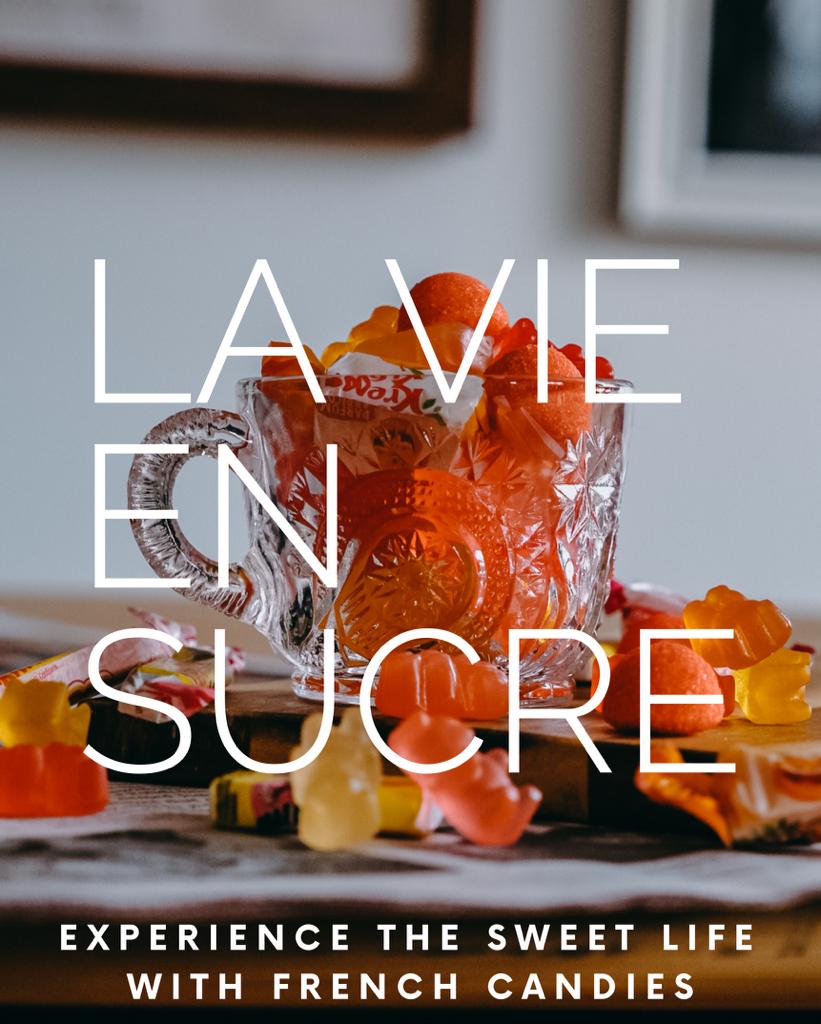
Candies are a beloved treat all over the world. They come in a wide range of flavors, shapes, and textures, and can be found in nearly every culture. In France and the US, candies are a staple of childhood, and many people continue to enjoy them throughout their lives. However, there are some significant differences between candies in France and candies in the US.
1st difference: the flavor
One of the biggest differences between candies in France and candies in the US is the types of flavors that are popular. In the US, candies tend to be very sweet, with a lot of artificial flavors and colors. Fruity flavors like cherry, grape, and watermelon are popular, as well as chocolate and caramel. In France, however, candies tend to be more subtle and less sweet. Flavors like lemon, orange, and raspberry are common, as are more unusual flavors like violet, anise, and rose.
2nd difference: the texture
Another difference between candies in France and the US is the texture. American candies tend to be very chewy or gummy, while French candies are often harder and more brittle. Hard candies, such as the popular French candies called Berlingots or Arlequin are a staple of French candy shops. These candies are made by boiling sugar and water to create a hard, translucent candy that can be flavored with a variety of fruits and spices. In contrast, American candies like Starburst and Skittles are chewy and have a soft, gummy texture.
3rd difference: the packaging
Packaging is also an important aspect of the differences between candies in France and the US. In the US, candies are often sold in large, brightly colored bags, with individual pieces of candy wrapped in plastic. In France, however, candies are often sold in small, decorative boxes, cute tins or jars. This packaging is designed to make the candies feel more special and luxurious, and to enhance the experience of eating them. We love how our brand Sophie M is putting a lot of effort into the aesthetic of its packaging.
4th difference: the savoring
Finally, it's worth noting that the way candies are consumed in France and the US is also different. In France, candies are often enjoyed as a small treat or a way to finish off a meal or when you are kids on special occasions at the goûter (the afternoon snack) or birthday parties. They are often paired with a cup of coffee or tea, and are meant to be savored slowly, especially for the traditional and fancy ones. In the US, on the other hand, candies are often consumed as a quick snack or a way to satisfy a sugar craving. They are often eaten on the go, while working or studying, or while watching TV.
So now, are you ready to indulge in some French candies?
Our candy section could be divided into three categories, each with its own unique offerings.
- First, we have French childhood favorites that will transport you back in time such as tagada, carambar, regalad or malabar.

- Second, we offer fancy vintage French sweets that are sure to delight your taste buds with their classic flavors, such as marrons glacés, calissons, pralines and pâtes de fruits (fruit jellies).

- And finally, our selection of traditional hard candies made in France will satisfy your craving for a simple yet satisfying treat. You can enjoy Berlingots, Arlequin, Vichy, and Pierrot Gourmand lollypops.











